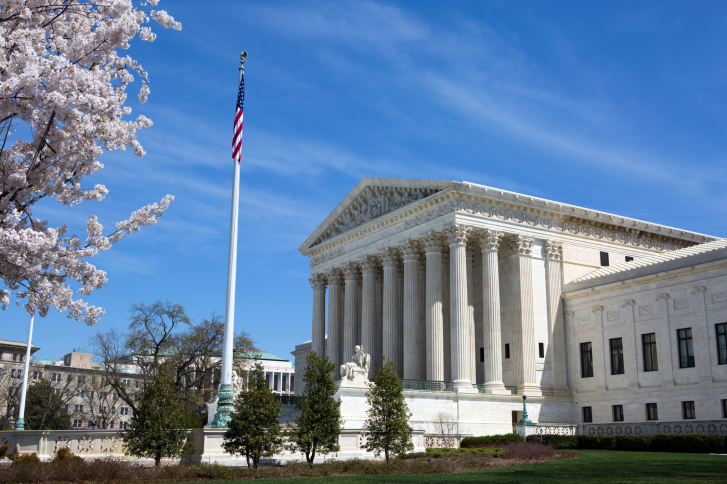Heat stroke is a life-threatening illness, the result of long exposure to the sun. Heat stroke can happen rapidly.
Seniors, infants, people working outdoors, and those on certain medications are especially susceptible to heat stroke. Common symptoms of heat stroke include headache, dizziness, confusion, fatigue, seizure, high body temperature, loss of consciousness, rapid heartbeat, and hallucinations.
First aid measures to take while waiting for help: get indoors; remove clothing and gently apply cool water to the skin, followed by fanning to stimulate sweating; apply ice packs to the groin and armpits; lie down in a cool area with feet slightly elevated.
Protect yourself by drinking plenty of water or sports drinks. Avoid tea, coffee, soda, and alcohol, as these can lead to dehydration.
Wear lightweight, light-colored, loose-fitting clothing. Do vigorous activities during cooler times of the day. Protect yourself by wearing a hat and sunglasses, and use an umbrella. Increase time spent outdoors gradually to get used to the heat. During outdoor activities, take frequent drink breaks and mist yourself with a spray bottle to avoid overheating. Spend as much time indoors as possible on very hot and humid days.
If you live in a hot climate and have a chronic condition, talk to your physician about extra precautions to protect yourself against heat stroke.
IT’S YOUR HEALTH is written by Conrad Meier, senior fellow in health policy at The Heartland Institute. This program is produced as a public service by Radio America. Meier passed away unexpectedly on March 18, 2005.



